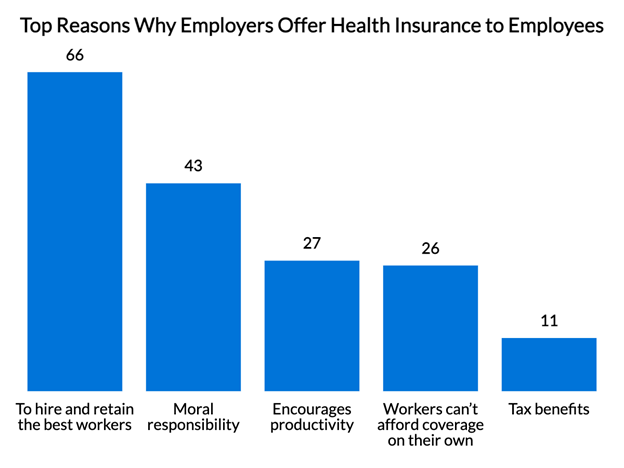The Medicare Advantage Agent Statements
Wiki Article
The Medicare Advantage Agent Statements
Table of ContentsIndicators on Medicare Advantage Agent You Need To KnowThe Main Principles Of Medicare Advantage Agent The smart Trick of Medicare Advantage Agent That Nobody is Discussing

follows from complies with the relatively young fairly profile of account uninsured with without insurance better health, wellness average, of younger personsMore youthful For those without accessibility to work environment health insurance policy, bad health and wellness is a potential obstacle to purchasing nongroup insurance coverage because such insurance coverage might be very valued, omit preexisting conditions, or be merely inaccessible. Unless or else kept in mind, nationwide quotes of individuals without health and wellness insurance coverage and percentages of the populace with various kinds of coverage are based on the CPS, the most extensively made use of resource of price quotes of insurance policy coverage and uninsurance prices.

Medicare Advantage Agent - An Overview
The partnership between wellness insurance coverage and accessibility to care is well developed, as recorded later in this phase. The partnership between wellness insurance coverage and health results is neither direct neither simple, a considerable professional and health and wellness solutions study literature web links health and wellness insurance coverage to improved access accessibility care, better far betterTop quality and improved enhanced individual population populace status. The 2nd report, on personal health end results for uninsured grownups, is represented by the innermost circle of the number, while the 3rd report, on family wellness, includes the subjects of the second record but stresses a various system of analysis, particularly, the family.
It focuses especially on those without any kind of health insurance coverage for any kind of length of time. The troubles encountered by the underinsured remain in some aspects similar to those dealt with by the uninsured, although they are generally less severe. Uninsurance and underinsurance, nonetheless, entail noticeably different policy problems, and the approaches for addressing them may differ. Throughout this study and the five records to comply with, the main focus gets on individuals with no medical insurance and therefore no help in spending for healthcare beyond what is available through charity and safety and security net organizations. Medical insurance is an effective variable impacting receipt of treatment since both people and medical professionals reply to the out-of-pocket price of solutions. Wellness insurance coverage, however, is neither essential nor sufficient to access to medical solutions. However, the independent and straight result of wellness insurance coverage on accessibility to wellness services is well developed. Others will obtain the healthcare they need also without medical insurance, by spending for it expense or seeking it from carriers who use care complimentary or at very subsidized prices. For still others, health and wellness insurance policy alone does not guarantee invoice of care due to other nonfinancial barriers, such as a lack of healthcare service providers in their community, restricted accessibility to transport, illiteracy, or etymological and cultural distinctions. Formal study concerning uninsured populaces in the USA dates to the late 1920s and very early 1930s when the Board on the Cost of Treatment produced a series of reports regarding funding physician workplace check outs and hospitalizations. This concern ended up being significant as the numbers of clinically indigent climbed up throughout the Great Depression. Empirical studies constantly support the link in between access to care and boosted health end results(Bindman et al., 1995; Starfield, 1995 ). Having a routine source of care can be taken into consideration a predictor of accessibility, instead than a straight action of it, when health and wellness results are themselves utilized as gain access to signs. This expansion of the notion of gain access to measurement was made by the IOM Board on Keeping An Eye On Gain Access To to Personal Health And Wellness Treatment Services(Millman, 1993, p. Whether or not moms and dads are insured appears to influence whether or not their children get treatment as well as how much careeven if the youngsters themselves have protection(Hanson, 1998). The health and wellness of moms and dads can impact their capability to care for their children and the degree of household anxiety. Fretting about their children's access to care is itself a source of tension for moms and dads. 3 chapters comply with in this record. Phase 2 provides a summary of how employment-based medical insurance, public programs and private insurance plan run and communicate to give comprehensive but insufficient insurance coverage of the U.S. population. This consists of a testimonial of historical patterns and public laws impacting both public and exclusive insurance policy, a discussion of the communications among the various types of insurance policy, and an evaluation of why people move from one program to another or wind up

Report this wiki page